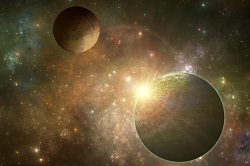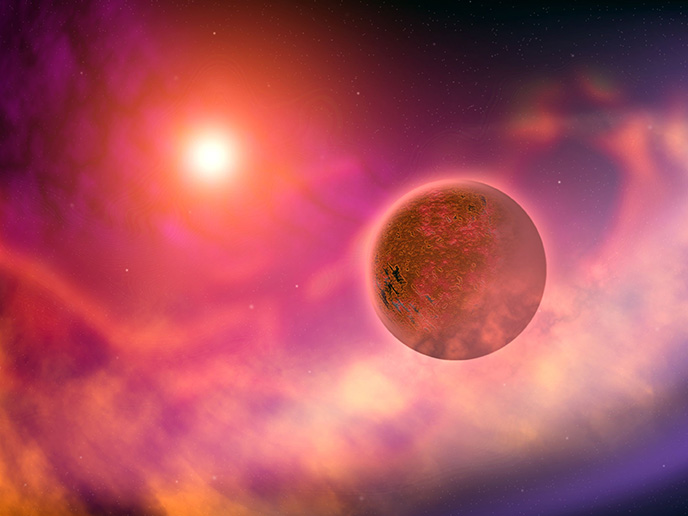Understanding how planetary systems evolved
Thousands of exoplanets have been detected and characterised over the past two decades. Research into how these formed however has tended to focus on the properties of individual planets, even though many exoplanets reside in multi-planet systems. The origins of exoplanets This perceived research gap inspired Dr Hagai Perets from Technion (the Israel Institute of Technology) to focus on how interactions between planets and moons have affected both their evolution and growth. The resulting GRAND project, funded through an EU Marie Curie grant, has helped to shine new light on the formation of planetary systems. ‘The project has provided new insights into the conditions for planetary stability, as well as interactions with the gaseous protoplanetary disk that existed in the early stage of the solar system,’ explains Perets. ‘We also studied for the first time how the properties of exoplanet systems change with time, and uncovered evidence for long term processes in planetary system evolution.‘ The project’s findings on planetary interactions also promise to shed new light on the current debate surrounding what are known as ‘hot Jupiters’. These planets, the size of Jupiter, reside extremely close to their host star and are thought to have somehow migrated to their current positions. The GRAND project also explored dynamic evolution models of multiple planet and multiple stellar systems, providing new insights into the origins of planets orbiting two stars. ‘Just a decade ago these circumbinary planets were the stuff of sci-fi movies, like [famed desert planet] Tatooine in Star Wars,’ says Perets. Understanding the moon The GRAND project also involved the study of moon systems, which led Perets to explore the origins of Earth’s own moon. ‘The most exciting projects are those that not only make scientific progress, but also lead you beyond your original plan into new ideas and new ways of thinking,’ he says. ‘This was the case here.’ While scientists have theorised that our moon was formed mostly from debris caused by a proto-planet that impacted the Earth, soil returned from the Apollo missions found that the composition of the Earth and moon were similar. This has presented scientists with a conundrum, one that the GRAND project may have helped answer. ‘We were able to demonstrate that although planets and asteroids have very different compositions to Earth, objects that hit our planet evolved in the same environment, and therefore grew from similar material,’ explains Perets. ‘Therefore, our moon has a more similar composition to Earth compared with objects that have never hit us.’ A follow up study has gone even further, suggesting that several previous moons might have existed and possibly collided to form our currently moon. ‘This could revolutionise our thinking on how moons are formed, both in our solar system and in exoplanetary systems.’ Finally, the success of the project underlines the value of Marie Curie funding. ‘I received this grant at a critical time in my career, when I was just started my new position at Technion and building up my research group,’ says Perets. ‘It enabled me to hire researchers and freely explore the planetary dynamics of exoplanets. The support, both financial and otherwise, has been critical to the success of this research group.
Keywords
GRAND, exoplanet, moon, Technion, Marie Curie, Jupiter, planetary







